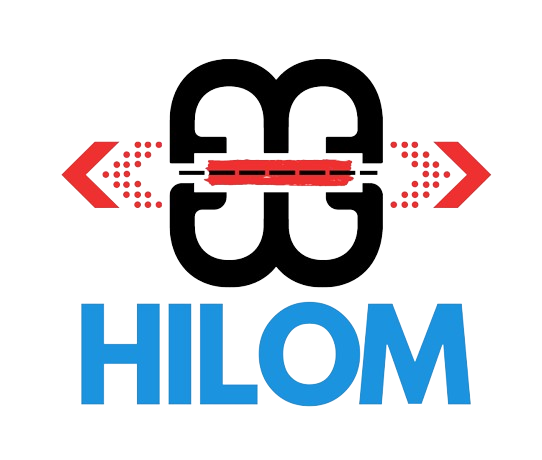The Healing power of wound care
Wounds are common in our lives, ranging from minor cuts and scrapes to more serious injuries requiring medical attention. Our bodies undoubtedly have remarkable healing abilities, but sometimes wounds need extra care and help to recover properly. Here comes the need for proper wound care dressings. In this blog, we will explore the different types of wounds and the stages of their healing process.
Those who care for a minor wound at home may need simple solutions such as cleaning a cut and keeping it covered daily with Hilom health dressings until it heals. Some wounds may need medical treatment for advanced dressing and medication for pain management. Severe wound issues may require hospitalization or surgery and when they are medically stable for discharge from the hospital, people may continue to require wound care dressing for the affected area.
How wounds start is divided into main categories of wounds.

Abrasions
Abrasions are scrapes that are superficial disruptions to the top layers of the skin that occur when your skin rubs or scrapes against a rough or hard surface like road rash. Examples include road rash from motorcycle accidents or friction burns from falling on concrete.
Lacerations
Lacerations are deeper cuts or tears typically resulting from an accident with knives or tools with significant bleeding. Examples are car accidents, injuries from falls, or animal bites.
Punctures
Punctures are holes that can be severe depending on the location and depth of injury, typically caused by a nail, needle, or bullet. Examples are stepping on a nail or being stabbed with a knife.
Avulsions
Avulsions are a tear of the skin from the tissue beneath which are typically violent accidents that bleed heavily and require medical attention as industrial accidents, or animal attacks.
When wounds are healing, all four phases of the healing process will occur in an organized and progressive manner.
Homeostasis
Homeostasis is initiated immediately with a clot formation to stop the bleeding. Examples include the clotting of blood after a cut.
Inflammation
Inflammation activates the body’s immune response to start the healing process. An example is when you experience swelling, redness, and warmth after a wound.
Proliferations
Proliferations occur as the new epithelial tissue fills in the wound depth and cells grow to approximate the wound edges. An example is when you notice the formation of pink and moist tissue in a healing wound.
Maturation/Remodeling
The maturation phase of healing occurs as the scar tissue matures over the next months to years after wounding. Examples include when your scar is fading over time and skin texture starts improving.
Infection is the biggest threat through any phase of healing. Infections can cause redness, pain, swelling, and odor. Oral antibiotics and advanced wound care dressings are used to avoid and treat these infections. To keep the area protected and moist many wound dressings are available in the market. Here comes Hilomhealth an innovative wound care dressings brand that offers a wide range of dressings for any type of wound for faster healing.

